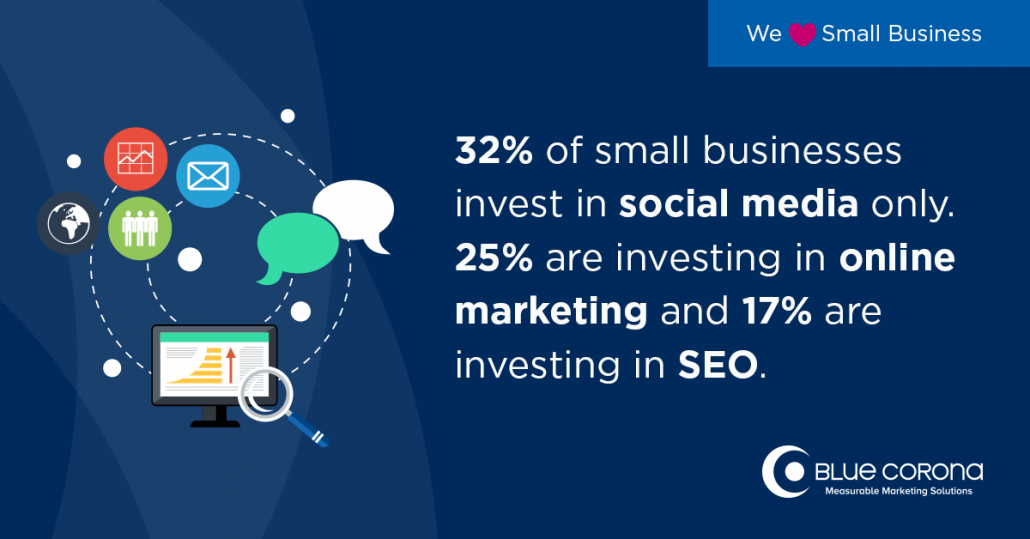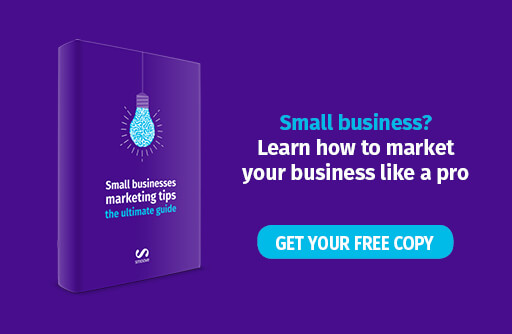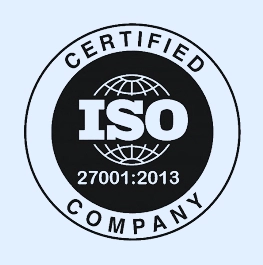No matter how great you are at running your business, your chances at striking gold will be much higher if the message about it is delivered to a (larger) ideal customer base. Printing flyers and whispering to your customers’ ears is fine, but online advertising offers you to go above and beyond the physical limits of these marketing forms. Simply, modern day web is a new marketing sandbox and you’ll want to utilize it to the fullest. Even better, it is actually possible to do this without breaking the bank and hiring a marketing agency. Take five minutes to learn how the DIY version of online advertising can become the next best thing for your small business.
Differences and similarities
In this piece, we will show you how to create an online marketing campaign using two largest platforms on the internet – Google and Facebook. Before we proceed, let’s explain the difference between setting up a campaign on one, or the other.
To create a campaign on Google, you’ll need to register on Google AdWords – a network where different publishers gather and offer their website space to whoever wants to rent it for advertising purposes.
That means that once you create your ad campaign and run it through AdWords, there is a vast number of sites where the ad can be shown.
Facebook ads show only on Facebook. You can, however, choose a different placement position, like for example, within the news feed, on the right hand side, on the app, or on Instagram.
Let’s see what you need to do to set these campaigns up yourself:
Actions Speak Louder than AdWords
Google AdWords is an advertising service for businesses and individuals alike, that want to show ads on Google and its advertising network. It enables you to define a budget for advertising and pay for different outcomes (when your ads are clicked on, or when they are seen a specific number of times, for example). Google Search Network is a group of search-related sites on which your paid ads are shown based on terms someone uses in relation to the keywords which are relevant to your ads. These ads appear next to the Google search results pages.
Imagine that you are a paint store owner in a particular town while someone in the same area is in dire need of your services. This type of online advertising is the most common for a good reason, since it allows you to target a user with a specific problem that needs a solution – your offer. Using paid ads in this case will allow your store to be featured prominently among the search results while being able to expand your ads with additional links, a phone number and an address.
When designing these ads, make sure to follow these tips:
- Focus on your customer and how you will solve their problems? What are they looking for? Reflect this in your ad copy.
- Use power words such as “you”, “guarantee”, “value”, “easy” or “opportunity”. These are well tested marketing phrases that work well and entice your customers to click on ads.
- Act locally. Focus your ad on a particular geographic region your business covers in order to achieve better results. Address your local customers and refer to the location they hail from. Do not forget to include your local number.
Targeting Practice
Google Adwords also offers working with its Google Display Network. This huge advertising network comprises millions of websites on which you can show your ads in various formats and sizes, such as text ads, static and animated image ads, rich media and video ads. Check this video on how you can set up your account in the easiest manner:
- Let’s say that you own a bike store – your common sense rightfully tells you to have your ads shown on a forum which gathers the enthusiast who are interested in this type of products. This is called placement targeting, as you can choose websites you want your ads to appear on based on the demographic evaluation of the audience which may hold special interest in your offer.
- At the same time, you can engage in contextual targeting based on keywords you find relevant for your business. If you, for instance, own a pet store, you’ll have to come up with between five and twenty phrases relevant to your ad i.e. your products, such as “parrot cages”, “dog toys”, “cat snacks”.
- Topic targeting gives you a list of the areas which are relevant to your business.
- Interest targeting allows you to target individual users, based on the cookies Google gathers about them. Depending on their interests, Google will add them to the list in the category which is relevant to your business.
Whatever you opt for, be aware that combining various targeting options will bring you best results when paired with the willingness to experiment.
 Digital advertising is a huge and constantly growing market [Credit: Blue Corona]
Digital advertising is a huge and constantly growing market [Credit: Blue Corona]
Finally, as the graphic presentation of your ads can have huge impact on your customers’ eyes & minds, you can exercise your creativity with the help of tools such as Canva. Also, there are websites that offer quality public domain photos and images which can be used for the purpose of designing your ads, such as Pixabay.
Advertising on Facebook
Facebook advertising also allows you to make sure that your message reaches the right audience. Its Ads Manager allows you to choose the demographic features that best fit your customer’s profile, such their age, location etc. Once you are done with this, you can set up your budget, text and images, as well as choose where you want to have your ad shown (Facebook, Instagram, websites, apps). Ads themselves can be created via Ads Manager or Power Editor which support various formats such as photo, video, slideshow and others. You can refer to this video to learn more on how to set up a Facebook advertising campaign. If you feel creative, you can avail yourself of the same tools you’d use for working with display ads to design your Facebook ads.
Safe Landing for Great Conversions
Your ads will have to take your customers to the ultimate destination on their journey of conversion – your landing page. It is defined as a web page which is designed specifically for the purposes of online advertising, that is to serve as a landing pad on which a visitor “lands” after clicking on your ad. In a way, it’s the final link in the chain whose strength will depend on the quality of all of its components.
In case of a landing page, you’ll achieve better results if you understand it as something more than a shell surrounding the sign-up form on your website. This page is designed with a sole goal of receiving information about your visitor with the help of the sign-up form. The interaction between your customer and this form is what is called a conversion, which can take the form of having them give out their information for the purpose of buying form you, receiving a special offer/gift, subscribing to your blog, etc.
There are some universal rules you can try to stick to when designing your landing page.
- Write an eye-catching headline. This is often the first thing your customers see and it needs to be both clear and compelling.
- Check if your headline is aligned with the rest of the text on the page.
- Offer them visually attractive design, with an eye for colors, font type and whitespace distribution.
- Balance the amount of text with the need to be both informative and not overwhelming with information.
- Go after their emotions with a compelling narrative. Avoid making your messages sound bland.
- Check if your call-to-action is too long. Five to seven words will suffice in most of the cases.
- Keep the registration form short
- Add references to strengthen your customer’s trust, such as number of subscribers or transactions, success stories and reviews etc.
You’d be wrong to consider landing page design the domain of web developers or designers. Luckily for the DIY crowd, you can avail yourself of various landing page creation tools that can help you with each step in their design with at least an elementary understanding of what it entails.
Wrap-up
Online advertising for small business does not have to include hiring expensive professionals to do your job for you. Armed with a healthy dose of common sense and curiosity about the nitty-gritty of the entire process, you can do just as good for your small business, with an added bonus of saving a lot and gaining invaluable experience.



